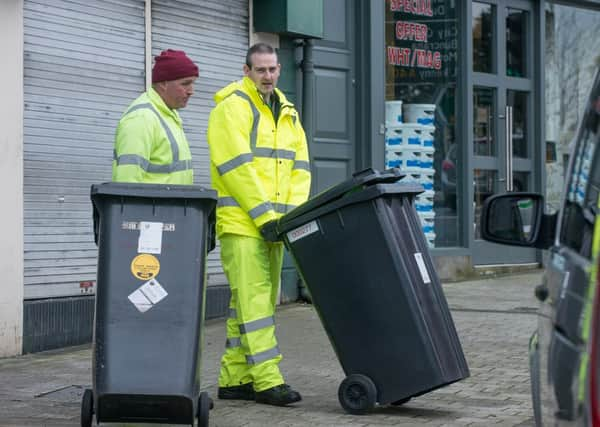‘Dustbin disposal’ authorised for getting rid of radioactive waste


The Department of the Environment (DoE) advised the Sentinel such waste could legitimately have been dumped along with large quantities of non-radioactive waste in any landfill sites used for the disposal of municipal, commercial or industrial wastes.
Late last year the Sentinel reported how the Western Health and Social Services Board (WHSSB) was authorised to dump low level radioactive waste at Culmore from 1978 until 1998 although there is no record of these ‘controlled burials’ having occurred after the early 1980s.
Advertisement
Hide AdAdvertisement
Hide AdEnvironment Minister Mark H. Durkan has now revealed ‘controlled burial’ was not the only route whereby radioactive material ended up in the ground.
Responding to an Assembly Question tabled by Green MLA Stephen Agnew, Mr Durkan explained that two sites - Culmore and Duncrue Street - were authorised as sites, where hospitals, universities and research centres could dispose of low level solid radioactive waste by ‘controlled burial.’ This practice ended everywhere in 2006.
But Mr Durkan also revealed that: “The authorisations also allowed, subject to limitations and conditions on the radionuclide content and method of disposal, the removal of certain types of very low level solid radioactive waste to local refuse sites for disposal with large quantities of non radioactive waste.”
The Sentinel asked the DoE if it knew of local landfill sites, which had been used for ‘dustbin disposal.’ The DoE said it doesn’t keep a record of specific landfills used, but stressed ‘dustbin disposal’ was used only for very small levels of radioactive waste and was standard practice as laid down in the ‘Strategy for the management of solid low level radioactive waste from the non-nuclear industry in the UK,’ which was published in March 2012. Similar guidance has been in existence since 1983.
Advertisement
Hide AdAdvertisement
Hide Ad“This practice is different to ‘controlled burial’ (which took place at Culmore and Duncrue) where additional controls were considered necessary and were specified in the authorisation along with the name of the receiving landfill,” a DoE spokesperson said.
The DoE said authorisations contain limits on the radionuclide content and routine inspections of the premises generating these wastes are carried out.
“The Strategy defines low volume very low level waste as ‘radioactive waste which can be safely disposed of to an unspecified location with municipal, commercial or industrial waste.’
“Material disposed of by this route could pass to any landfill site in Northern Ireland which is used for the disposal of municipal, commercial or industrial wastes, and the Department does not hold information on the specific landfills which have received the material,” the spokesperson stated.